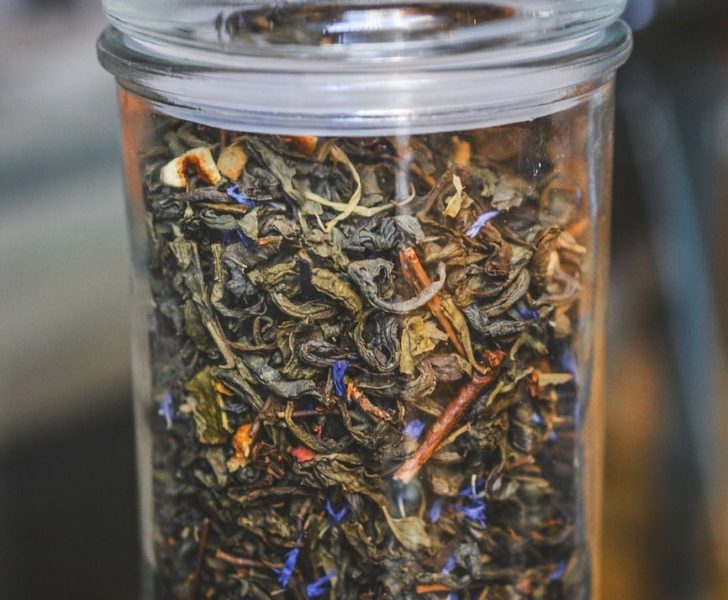Själslig rening: Exploring the Depths of Spiritual Cleansing

Introduction
Själslig rening, or spiritual cleansing, is a practice that has been embraced by individuals seeking spiritual growth and inner harmony. By purifying the soul, one can strive for a state of balance, freedom from negative energies, and enhanced overall well-being. In this comprehensive article, we will delve into the concept of spiritual cleansing, its various types, popular methods, quantitative measurements, differences between practices, and a historical analysis of the advantages and disadvantages associated with it.
Understanding Spiritual Cleansing

Under this section, we will explore the overall concept of spiritual cleansing. This traditional practice involves cleansing the soul, removing negative energies and influences, and promoting spiritual growth. Different cultures and religions have developed their own ways of achieving spiritual purification, each with its unique rituals, beliefs, and techniques. Whether performed through meditation, prayer, or other methods, the ultimate goal remains the same: a renewed sense of inner peace and connection with one’s spiritual self.
Types of Spiritual Cleansing
Within the realm of spiritual cleansing, various types and methods exist to guide individuals on their transformative journey. Some of the most popular approaches include:
1. Smudging: This Native American practice involves burning sacred herbs, such as sage or palo santo, to cleanse a space or individual of negative energies.
2. Crystal Cleansing: Crystals are believed to possess healing properties and can be utilized for energy clearing. Different crystals hold unique properties and may be used in various rituals or meditation practices.
3. Aura Cleansing: The aura, an energy field surrounding the body, can become imbalanced or influenced by negative energies. Techniques, such as visualization, Reiki healing, or energy work, aim to cleanse and restore the aura’s vitality.
4. Chakra Cleansing: Chakras are energy centers within the body, and blockages can impede spiritual growth. Practices, such as yoga, meditation, or sound healing, focus on clearing and aligning these energy points.
5. Bath Rituals: Cleansing baths with special ingredients, such as sea salt, herbs, or essential oils, are popular ways to purify the body and mind, fostering a sense of renewal.
Quantitative Measurements of Spiritual Cleansing
Measuring the efficacy of spiritual cleansing practices in quantitative terms can be challenging due to its subjective and individual nature. However, studies have shown that individuals who regularly engage in spiritual cleansing practices report improved well-being, reduced stress levels, and increased self-awareness. Surveys and self-assessment tools, such as the Spiritual Well-Being Scale or the Perceived Stress Scale, can provide some quantitative insight into the effects of spiritual cleansing on mental and emotional health.
Comparing Different Approaches to Spiritual Cleansing
Although the ultimate goal of spiritual cleansing is to achieve inner harmony and spiritual growth, different practices may resonate more with individuals based on their beliefs, cultural background, or personal preferences. While some find solace in meditation and energy work, others may prefer the tangible nature of crystal healing or the soothing rituals of a cleansing bath. It is essential to explore and experiment with various approaches to find the one that aligns best with one’s spiritual journey.
Historical Pros and Cons of Spiritual Cleansing
Throughout history, spiritual cleansing has been embraced by different cultures and religions, each attributing its unique significance, benefits, and drawbacks to the practice. While spiritual purification can provide individuals with a renewed sense of purpose, tranquility, and connectedness, critics argue that it can sometimes lead to dependency, superstition, or the exploitation of vulnerable individuals. Understanding the historical context of spiritual cleansing allows us to critically evaluate its place in contemporary society and make informed decisions about incorporating it into our lives.
Conclusion
Spiritual cleansing holds a profound significance in the quest for self-discovery, inner peace, and spiritual awakening. Whether through smudging, crystal healing, or other methods, individuals have sought the transformative power of purifying the soul throughout history. By exploring the depths of spiritual cleansing, understanding its various types, quantifying its effects, and critically evaluating its historical context, we can embark on a journey that brings us closer to our authentic selves.
[INSERT VIDEO HERE: A brief video demonstrating a popular spiritual cleansing method, such as smudging or crystal cleansing.]











